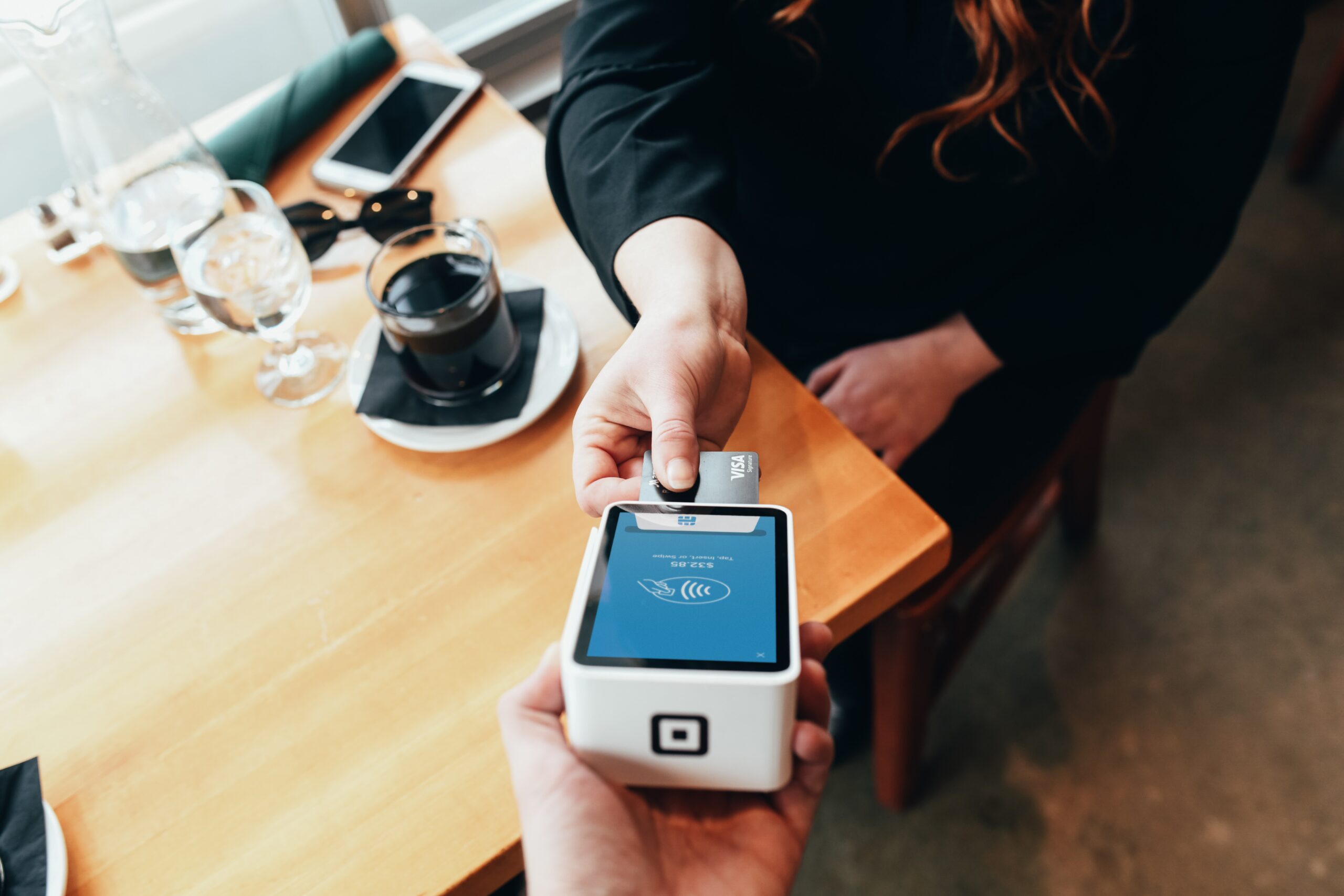In today's digital age, the power of personalized advertising cannot be overstated. Companies can now use customer data to create targeted ads that speak directly to consumers. In this context, it is important to understand how customer data platforms (CDPs) help companies implement protected audience advertising. CDPs consolidate customer data from disparate sources to form a unified customer database from which businesses can draw insights, resulting in highly targeted advertising. This article explores four strategies for implementing advertising to protected audiences using CDPs and also discusses ways to measure the impact.
Understanding ads for protected audiences
Bee protected target group advertising involves presenting targeted advertisements to a pre-selected audience, ensuring that advertising investments are spent effectively. Businesses can choose their target audience based on various criteria, including demographics, behavior, etc. Advertising to a protected audience is particularly powerful when combined with a CDP, because this technology allows companies to collect, manage and analyze massive amounts of customer data, creating a rich customer profile to draw from when personalizing ads. This ensures that every ad shown is relevant to the viewer, leading to more successful ad campaigns and better ROI.
With a CDP, companies have a consolidated view of their customers, including their interests, behavior and actions across different touchpoints. This type of advertising not only helps companies increase the effectiveness of their marketing strategies, but also improves customer experience by delivering content that matches their interests. In an increasingly competitive market, where customers expect personalized experiences, advertising to protected audiences is becoming a crucial strategy.
Moreover, it is not just about customer acquisition, but also about retention. Thanks to protected target group advertising, companies can stay involved with their existing customer base, offer personalized recommendations and maintain a dialogue. In an age where customer loyalty can make or break a business, companies can keep their customers consistently informed.
Finally, advertising to protected audiences using CDP's helps companies stay compliant with data privacy regulations. CDPs ensure that only consent data is used in advertising, reducing the risk of breaches and potential fines. Now regulations like GDPR and CCPA are becoming increasingly strict, this aspect of using CDPs becomes even more important.
Strategies for implementing protected audience advertising
When implementing advertising for protected audiences, it's important to have a clear, well-defined strategy. The premise is to via dates build a comprehensive understanding of your customer. This can be facilitated by CDPs, as they consolidate customer data from different sources into one unified view.
Next, companies should improve personalization by using relevant data to create customized content for each customer. CDPs can help with this by providing insight into customer behavior, preferences and more. This allows brands to accurately create advertisements that perfectly match the target group.
However, advertisements must not only be personalized, but also current. To implement this, CDPs can provide real-time engagement data. This allows companies to determine the best times to engage their audience and deploy their ads, leading to better conversion rates.
Finally, predictive analytics is another important tool. It helps companies project the future behavior of their customers by analyzing current and past data, effectively determining the direction of future marketing efforts. With a CDP, predictive analysis can be effectively facilitated, allowing companies to optimize their advertising reach.
Leveraging customer segmentation with CDPs
Customer segmentation is a crucial strategy for successful advertising. It involves dividing a company's customer base into different categories that share similar characteristics, such as age, spending habits or behavior. This strategy allows brands to target their ads more efficiently and effectively.
CDPs play an important role in customer segmentation. They collect data from various sources and create detailed customer profiles. By using these profiles, companies can create well-defined customer segments. This results in highly targeted messages: each advertisement is tailored to the behavior, needs and wishes of the segment for which it is intended.
Once these segments are established, companies can create targeted marketing campaigns for each group. CDPs provide the tools needed to monitor these campaigns, analyze results and refine audience segmentation to maximize effectiveness.
An important aspect of using customer segmentation with CDPs is the ability to update segments in real time. As customer behavior changes, so do the segments. CDPs provide the ability to dynamically adjust segments so that all advertising efforts are current and relevant.
Improve with CDP's Personalization
Personalization is a powerful tool for advertisers because it allows brands to communicate directly with consumers. By tailoring content to each individual, companies can create a unique, enhanced customer experience that can significantly increase engagement and conversion rates.
CDPs can help improve ad personalization by consolidating customer data from different sources. This results in a unified, 360-degree view of the consumer, including previous purchases, online behavior and preferences. With access to this wealth of data, advertisers can create highly personalized messages, leading to an enriched customer experience.
The use of AI and machine learning in CDPs can further enhance personalization efforts. These technologies can help identify patterns and trends in customer data, providing insights that can be used to further refine personalized content.
Additionally, because many CDPs operate in real time, companies can use this feature to deliver personalized content at the most opportune times. Whether it's a personalized offer sent at the moment a customer makes a purchasing decision, or a tailored ad displayed while browsing online, real-time personalization can significantly increase conversion rates.
Optimize ads with predictive analytics
Predictive analytics is another crucial tool in a marketer's arsenal. It involves the use of statistics and models to determine future results based on historical data.
CDPs are equipped with machine learning capabilities that allow advertisers to predict future customer behavior. By analyzing customer data and past behavior, CDPs can generate insights into what customers might do next, helping advertisers better target their campaigns.
By predicting customer behavior, companies can also proactively manage their advertising spend. Instead of spraying and praying, advertisers can precisely target customers who are most likely to convert, saving resources and increasing campaign effectiveness.
Additionally, predictive analytics can help companies identify high-value potential customers. By predicting who is most likely to become a loyal customer, companies can focus their marketing efforts on converting these potential leads, leading to long-term profitability.
Leverage real-time engagement with CDPs
Real-time engagement is about interacting with customers at the right time. To do this, companies must have a deep understanding of their customers' behavior and preferences. CDPs can provide the necessary tools to facilitate real-time engagement and deliver personalized messages at the optimal times.
CDPs provide detailed customer data in real-time, giving brands the full spectrum of customer behavior and interactions across touchpoints. This data allows companies to determine the best time to engage with each customer, optimizing the impact of their advertising efforts.
Real-time engagement is also about immediate responses or actions. Real-time data updates allow companies to quickly respond to changes in customer behavior or feedback. This responsiveness can increase customer satisfaction and build stronger brand loyalty.
Finally, leveraging real-time engagement with CDP's allows companies to automate their marketing efforts and deliver personalized, timely content across platforms and devices. This not only increases the efficiency of the marketing process, but also improves the coherence and consistency of the brand message.
Measuring the impact of advertising for protected target groups
One of the key benefits of implementing advertising to protected audiences using CDPs is the measurability of its impact. Companies can evaluate the success of their advertising campaigns by analyzing metrics that indicate performance and ROI.
Engagement metrics, including click rates, time spent on page and conversion rates, provide clear insights into the effectiveness of ad campaigns. A high engagement rate suggests that customers are interested in the content, leading to higher chances of conversion.
Retention metrics, such as churn rate and repeat purchase rate, assess the success of efforts targeting existing customers. If these statistics show positive trends, it indicates that companies are succeeding in retaining their customers – a sign of successful advertising to protected audiences.
Sales metrics – increased sales, customer base growth or higher sales conversion rates – can also indicate successful advertising. If these metrics improve, it is a strong indicator that the advertising efforts are resonating with the target audience and driving sales.
Finally, customer feedback and sentiment can also be measured to understand the impact of advertising efforts. CDPs allow companies to track and analyze customer feedback across platforms, providing comprehensive insights into customer satisfaction and brand perception.
Conclusion
In short, protected audience advertising, when deployed with the power of CDPs, provides businesses with a powerful tool to connect with their customers on a personal, meaningful level. By leveraging segmentation, improving personalization, optimizing with predictive analytics, and leveraging real-time engagement, companies can create highly targeted and effective advertising campaigns. The impact of these efforts can be measured using a variety of metrics, driving continuous improvement and greater ROI. In the modern business landscape, where competition is fierce and customers demand personalized experiences, advertising to protected audiences with CDPs has become a critical strategy for success.













